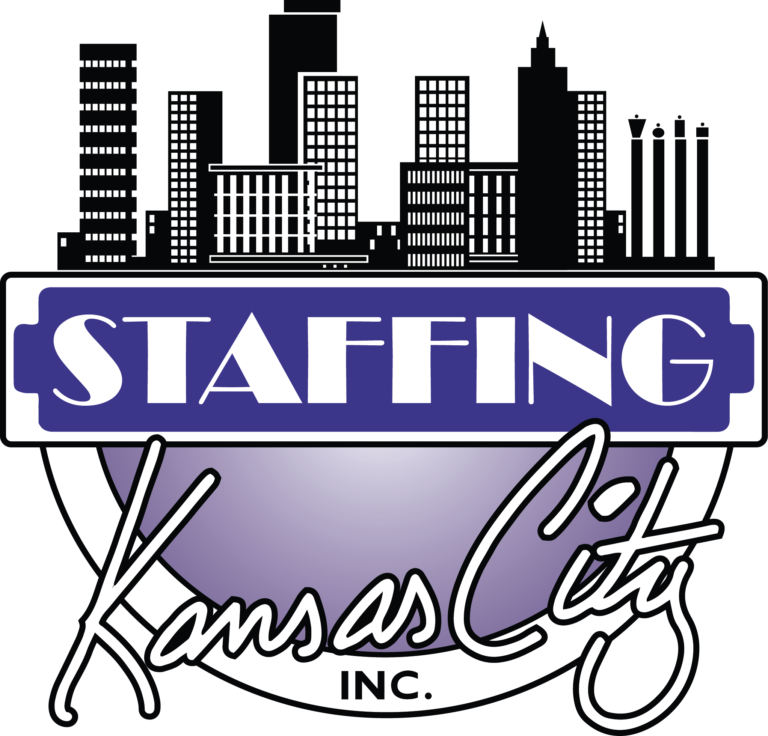We live and work in a culture that prides itself on efficiency and productivity. Therefore, a viable company is measured by its ability to shift with the times. For those running a small to medium sized business, this level of elasticity is critical for having the ability make changes whenever needed.
One caveat of speed is the tradeoff of making assumptions regarding the clarity of the organizational structure and the roles each individual plays within the organization. While these are normal guesstimates to make, what if those assumptions jeopardize the very flexibility of those driving the company’s success?
Drawing the Chart
For many, the idea of a formal organizational chart feels about as modern as the use of a fax machine or Blackberry. This is particularly true for those striving to create a flat organizational structure. If the very idea of a hierarchical chart has you shaking your head, take a step back and look at the model from another perspective.
Connecting the Dots
An org chart can be more than just an outline of reporting relationships. It can be a way to align strategy and keep your business running smoothly. Knowing how to communicate effectively internally at the right time to the right people in the right channels is just as important as consistent communication to external audiences.
The concise layout created by drafting an up-to-date org chart is a smart way to see all the roles in your company at once. With this map, you’ll better know if whom you employ now has the skills and growth potential needed to accommodate staffing and business requirements necessary in the near and distant future.
Name the Line-up
Knowing more about the individual members of your team means you’ll have a better method for creating an effective and efficient business able to eliminate the frustration and resulting delays of employees working in silos. This can be particularly effective for companies with team members who wear multiple hats. Plus, knowing who owns the work can reduce the potential of work initiatives falling through the cracks.
Choose your Structure
- Divisional Structure – identifies each employee and their reporting relationships. Often used with branches in different geographical areas or organizations that roll up under a larger organizational unit.
- Functional Structure – identifies teams of employees according to their function. In this structure, it’s a good idea to look beyond team functions to identify strengths and weaknesses in communication and function across multiple teams.
- Matrix Structure – combines the Divisional and Function structures through the creation of teams built around employee skill sets strengths and weaknesses.
Addition and Subtraction
One of the biggest advantages in exploring the organizational structure of your company is knowing what you currently have or do not have. This can result in the difference between knowing which team members truly drive your business forward to the next level and which do not.
This article is brought to you by Staffing Kansas City, a full-service Kansas City employment agency that provides contract-to-hire, direct hire and contract employment placement services.

